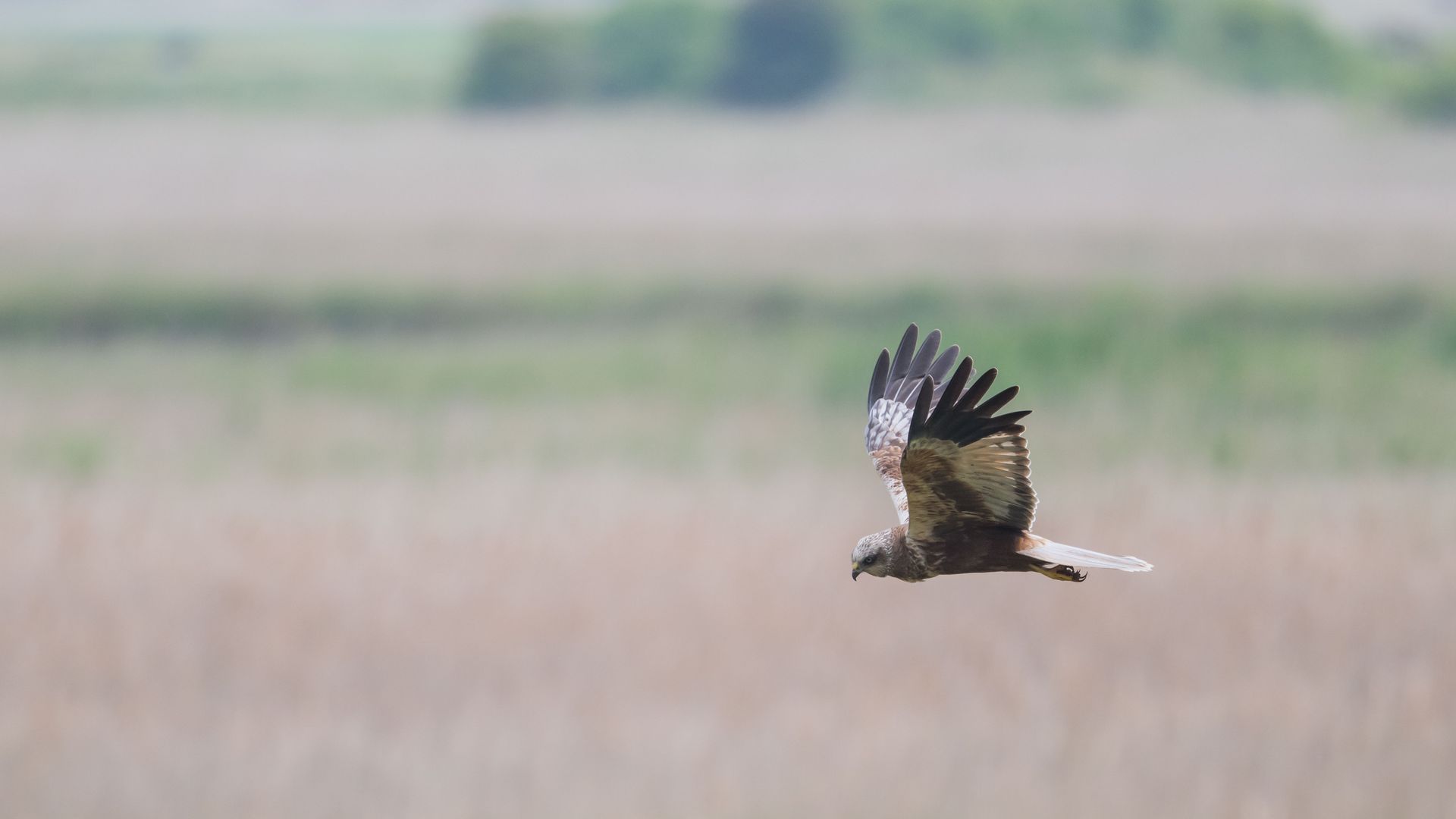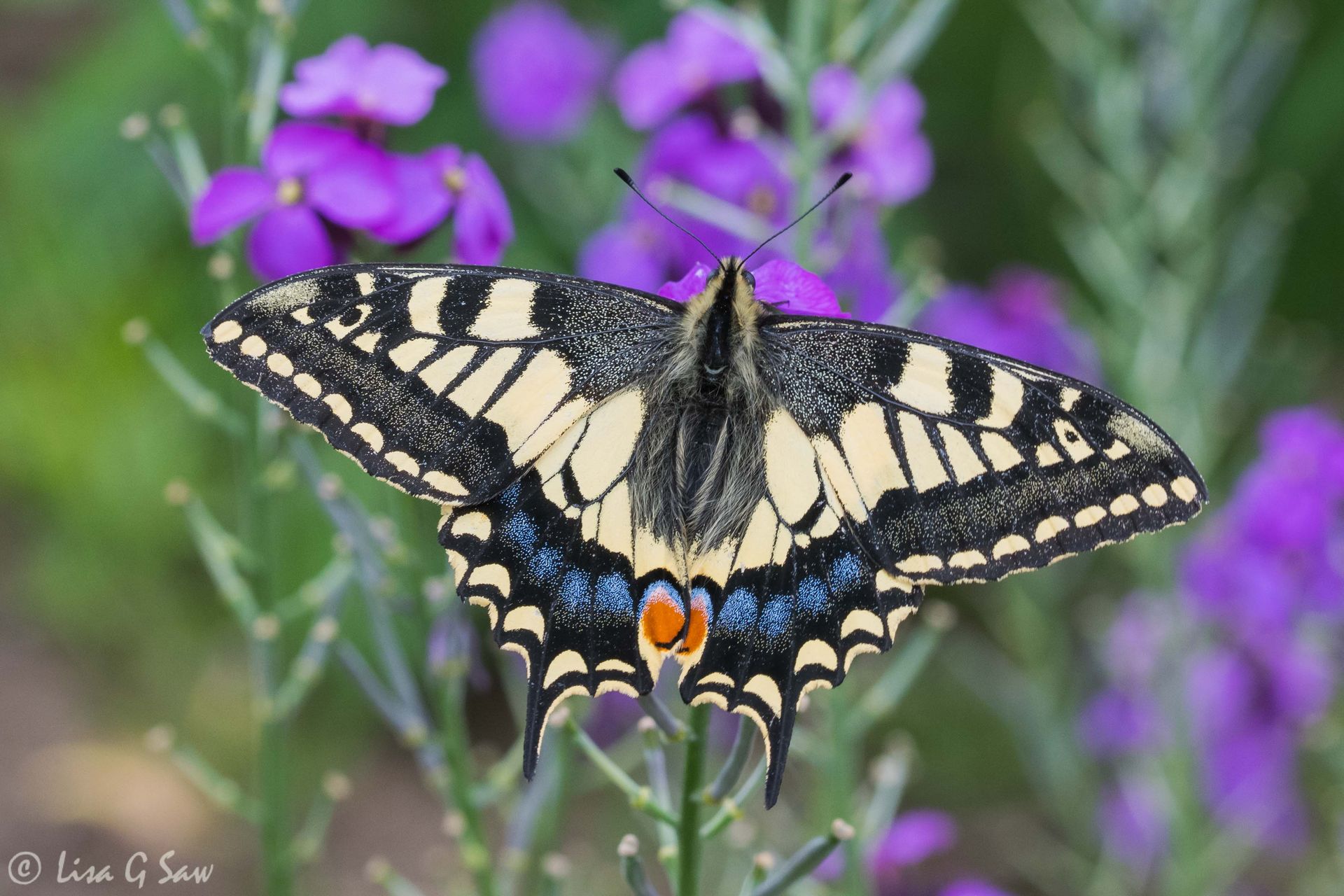To Antarctica
ONCE MORE AT SEA
Leaving South Georgia behind us, we ventured further south towards the frozen continent of Antarctica. It took us three days. Since we were the first voyage of the season, we had no idea what lay ahead. Would we see any Adélie Penguins? How much of the ice would have retreated? Would we actually be able to walk on the Antarctic Peninsula, which was where we were ultimately heading? Everything had been so good already, I didn't have high expectations. I was just open to whatever we would experience and enjoying it all.
Over the course of the three days we were at sea, we weren't able to be out on deck that often as the conditions weren't great. I certainly didn't take many photos. On our first day, though, I was pleased to take a few nice ones of a Blue Petrel flying close to the ship.
When it lifted its wings, I could easily see the band of grey around the collar/breast, which is characteristic of this species.
I went to a few of the talks on the first day and in the evening we had an auction to raise money for the South Georgia Heritage Trust. I bid for a few things, but didn't win anything. I wasn't too bothered, I mostly did it to get people going and in the end we raised £2,000, which was great. More importantly for me, it helped me decide which organisation I would make a donation to myself after the trip. Each year I produce Christmas cards and calendars to sell at my classes and, that evening, I decided all the profit from my next set of sales would go to this charity.
On the second day at sea, the wind was up to 35 knotts and the swell was about 5-6m. We thought that was quite bad, but apparently they were experiencing swell of 9m in South Georgia! Once again, luck was on our side, as we managed to avoid the worst of another weather system that was moving in behind us. As a result of the swell, we weren't allowed on deck for very long and when we were it was only at the aft of the ship. The only photos I took that day were of the sea spray! Unbelievably, I did manage to spot a whale some distance from the ship. But, at first I wasn't sure, because the jet of water blowing up from it look a bit like sea spray. But, when I saw a second burst of water in the same direction I knew it was a whale.
The highlight of the second day, 31st October, was how the staff on board the ship made an amazing effort for Halloween, dressing up in various costumes. The kitchen staff really went to town too, not only in decorating the dining area, but in doing special ghoulish looking desserts. They were very creative and as always the food was delicious.
On the third day, it wasn't quite so rough and we were able to be out on deck a bit more. I was able to take some nice photos of Southern Fulmars. In fact, at one point, there had to have been a raft of 100 of them gathered together a short distance from us.
We were also seeing larger numbers of Cape Petrel flying together. Although they were still amongst my favourite of the seabirds we were seeing, they were so plentiful, we didn't notice them or photograph them quite so much by this part of the journey.
As we were nearing land, it was also time to deal with the biosecurity again, and check and clean all our outdoor gear again.
With so many days at sea, for me there was definitely a sense of going to the end of the world. I imagined what it must have been like for those early explorers and adventurers who didn't know what lay ahead of them at all, before the Antarctic was discovered.
In the middle of the afternoon, we finally saw land, cloaked by a low lying mist that created a sense of mystery. There was an eeriness about the place, not least because we had reached Elephant Island in the South Shetlands Islands - part of a group of Antarctic islands 120km north of the peninsula. This was the island where Shackleton and his men had found temporary refuge after their ship the Endurance had been crushed by pack ice and eventually sunk in 1915. Twenty two of his men remained on the island, whilst Shackleton and four of his crew sailed back to South Georgia in an attempt to get help.
The uninhabited Elephant Island is named after the Elephant Seals that live there and also because it is shaped a bit like an elephant. We saw a few of the seals, but it was the Chinstrap Penguins that stole the show. Large snow covered rocks near the dramatic coast were littered with them, like little black ants in the distance.
Gradually, we edged closer. As was now becoming more common, we saw the penguins porpoising in the water away from us. Sometimes, the odd individual would stop and look up at us inquisitively.
We anchored at Point Wild, where Shackleton's crew had been stranded for 128 days before being rescued in August 1916. After checking it was safe, it was determined we would be able to have a short zodiac excursion before dinner and soon enough we were out in the boats. There were always two boats close together in case of any unexpected trouble occurring. This had been a common practice throughout our trip, but now we could really appreciate why, with so much brash ice in the water. There were small icebergs floating around too. The amazing blue colour was one of the things I'd been looking forward to seeing on this trip.
We were able to get a bit closer to the towering rocks within the bay and see more of the penguins. It always amazed me how they were able to climb so high up the peaks when there weren't any obvious gentle slopes for them to ascend.
We sailed around Point Wild so we could have a slightly better view of the Luis Pardo memorial. He was in the Chilean Navy and the man responsible for the rescue of Shackleton's men on the Yelcho. In fact, Point Wild was named after Frank Wild, who was Shackleton's right-hand man and left in charge of those men who stayed behind, whilst Shackleton sought help. He was reportedly the man responsible for keeping the morale up during their long four month wait for rescue.
There were Chinstrap Penguins all around us on the rocks and some were venturing out into the water. The rough sea didn't look exactly inviting and there were predators they had to be careful of...
...such as Leopard Seals. I spotted this one as we were coming back around the point. Sadly, it had already found a victim and was devouring it in front of us. As gruesome as it was, I took photos and actually managed to capture the moment the penguin was flung into the air, after the seal had torn off another piece of meat. There wasn't much left of the poor creature! I decided not to share it here because it really is quite disgusting. It's all part of the cycle of life, I know, but it's quite sad that one animal must perish to feed another.
We then headed back to the boat for our own dinner.
It was a long few days at sea and I was glad to finally have arrived in Antarctica. From Elephant Island we would be continuing south on to King George Island, just that bit closer to the mainland. The main focus of the day would be exploring Penguin Island.
Next post in the series: Antarctica Day 1!
To see a smaller selection of my favourite photos from the holiday, click here.



